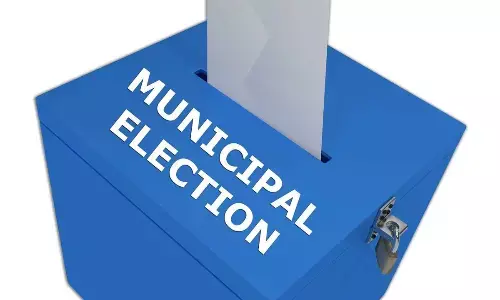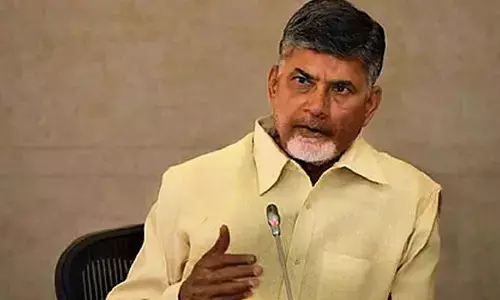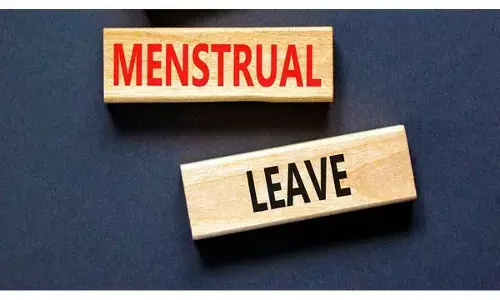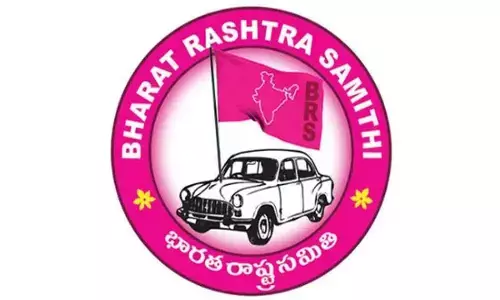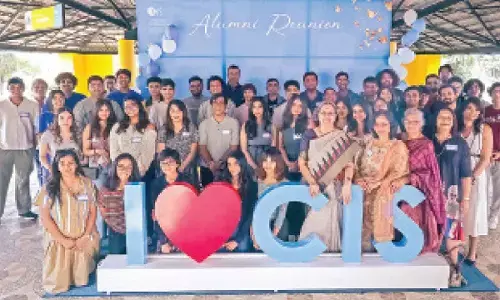Muft Bijli Yojana Turns One Year
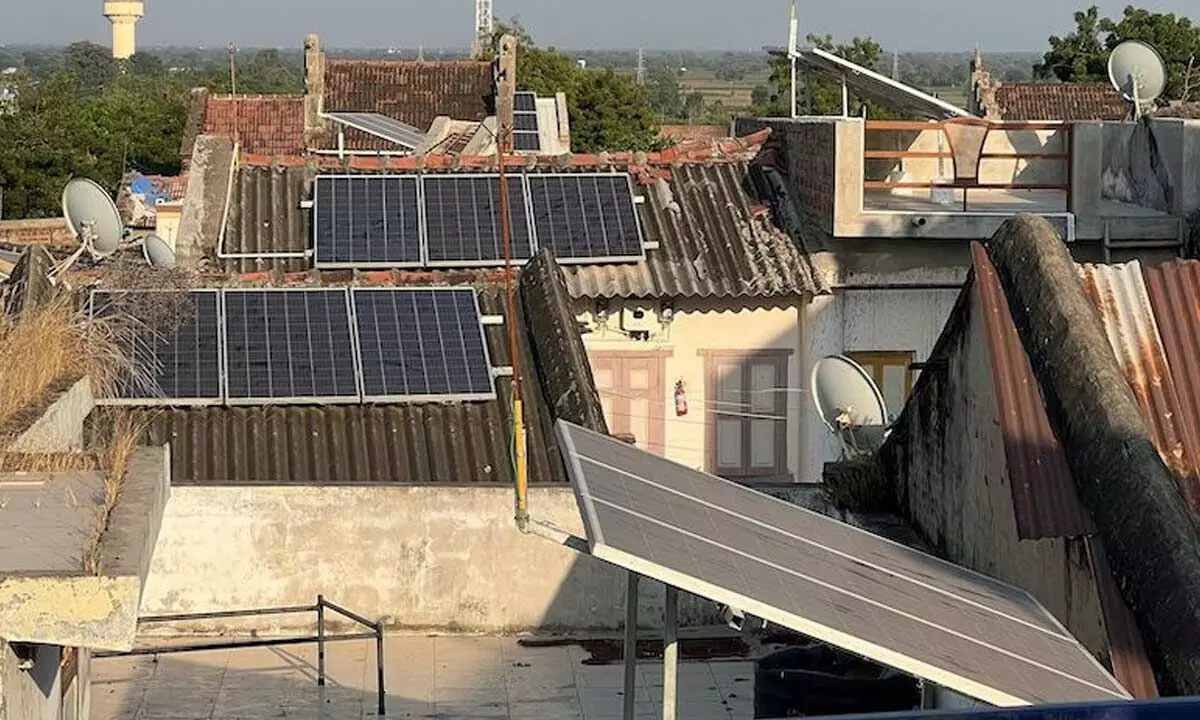
8.46 lakh households already benefit from rooftop solar installations
On February 13, 2025, the PM Surya Ghar: Muft Bijli Yojana (PMSGMBY) will mark its first anniversary, celebrating a year of empowering households with affordable solar energy and accelerating India’s tran-sition to a sustainable future. Launched by Prime Minister Narendra Modi on February 13, 2024, this groundbreaking initiative aims to provide free electricity to households by facilitating the installation of rooftop solar panels. The PMSGMBY, the world’s largest domestic rooftop solar initiative, is reshaping India’s energy landscape with a bold vision to supply solar power to one crore households by March 2027.
As of January 27, 2025, the scheme has already benefitted 8.46 lakh households through rooftop solar installations. The rapid adoption of solar energy is evident in the tenfold increase in monthly installation rates, which now stand at around 70,000 installations per month, significantly surpassing pre-scheme levels. The scheme offers a subsidy of up to 40%, making renewable energy more affordable and acces-sible. So far, ₹4,308.66 crore has been disbursed as Central Financial Assistance (CFA) to 5.54 lakh resi-dential consumers, with an average subsidy of ₹77,800 per household. Additionally, an estimated 45% of the beneficiaries are now receiving zero electricity bills, depending on their solar power generation and consumption patterns.
Key Benefits
Free Electricity for Households: The scheme provides households with free electricity through the instal-lation of subsidized rooftop solar panels, significantly reducing their energy costs.
Reduced Electricity Costs for the Government: By promoting the widespread use of solar power, the scheme is expected to save the government an estimated 75,000 crore annually in electricity costs.
Increased Use of Renewable Energy: The scheme encourages the adoption of renewable energy sources, contributing to a more sustainable and environmentally friendly energy mix in India.
Reduced Carbon Emissions: The transition to solar energy under this scheme will help lower carbon emissions, supporting India’s commitment to reducing its carbon footprint.
Subsidy Application and Vendor Selection: Households can apply for the subsidy through the National Portal, where they can also select a suitable vendor for installing rooftop solar. The National Portal will assist in decision-making by providing information on appropriate system sizes, a benefits calculator, vendor ratings, and other relevant details. With all credentials are entered correctly on the National Por-tal, the average time taken in processing the CFA is around 15 days after redemption request made by the consumer.
Collateral-Free Loans: Households will have access to collateral-free, low-interest loans at around 7% interest for the installation of
residential rooftop solar (RTS) systems up to 3 kW.
Household Savings and Income Generation: Households will benefit from significant savings on their electricity bills. Additionally, they will have the opportunity to earn extra income by selling surplus power generated by their rooftop solar systems to DISCOMs. For instance, a 3-kW system can generate over 300 units per month on average, providing a reliable source of energy and potential revenue.
Expansion of Solar Capacity: The scheme is projected to add 30 GW of solar capacity through rooftop installations in the residential sector, significantly contributing to India’s renewable energy goals.
Environmental Benefits: Over the 25-year lifetime of these rooftop systems, it is estimated that the scheme will generate 1000 BUs of electricity while reducing CO2 emissions by 720 million tonnes, mak-ing a substantial positive impact on the environment.
Job Creation: The scheme is also expected to create approximately 17 lakh direct jobs across various sec-tors, including manufacturing, logistics, supply chain, sales, installation, operations and maintenance (O&M), and other services, thereby boosting employment and economic growth in the country.
Model Solar Village Push
Under the “Model Solar Village” component of the scheme, the focus is on establishing one Model Solar Village per district throughout India. This initiative aims to promote solar energy adoption and empower village communities to achieve energy self-reliance. An allocation of 800 crore has been designated for this component, with 1 crore provided to each selected Model Solar Village.
To qualify as a candidate village, it must be a revenue village with a population of over 5,000 (or 2,000 in
special category states). Villages are selected through a competitive process, evaluated on their overall distributed renewable energy (RE) capacity six months after being identified by the District Level Com-mittee (DLC). The village in each district with the highest RE capacity will receive a central financial assis-tance grant of 1 crore.
In conclusion, the PM Surya Ghar: Muft Bijli Yojana is set to significantly reshape India’s energy land-scape by empowering millions of households with solar power. By March 2025, installations are ex-pected to exceed 10 lakh, doubling to 20 lakh by
October 2025, reaching 40 lakh by March 2026, and ultimately achieving the ambitious one crore target
by March 2027.









